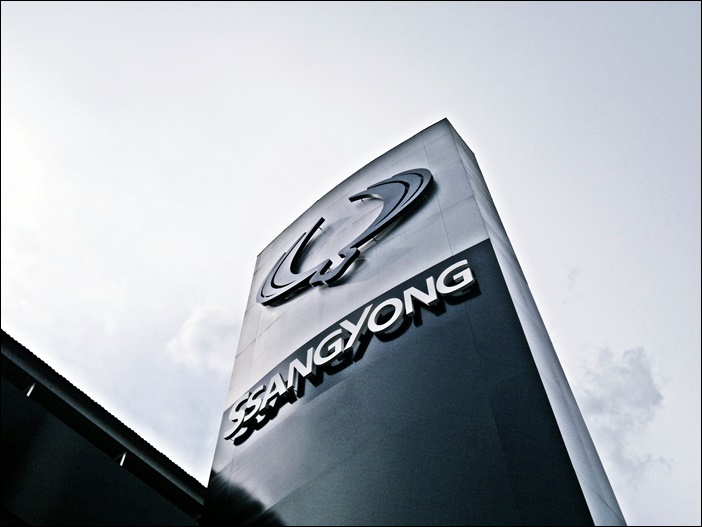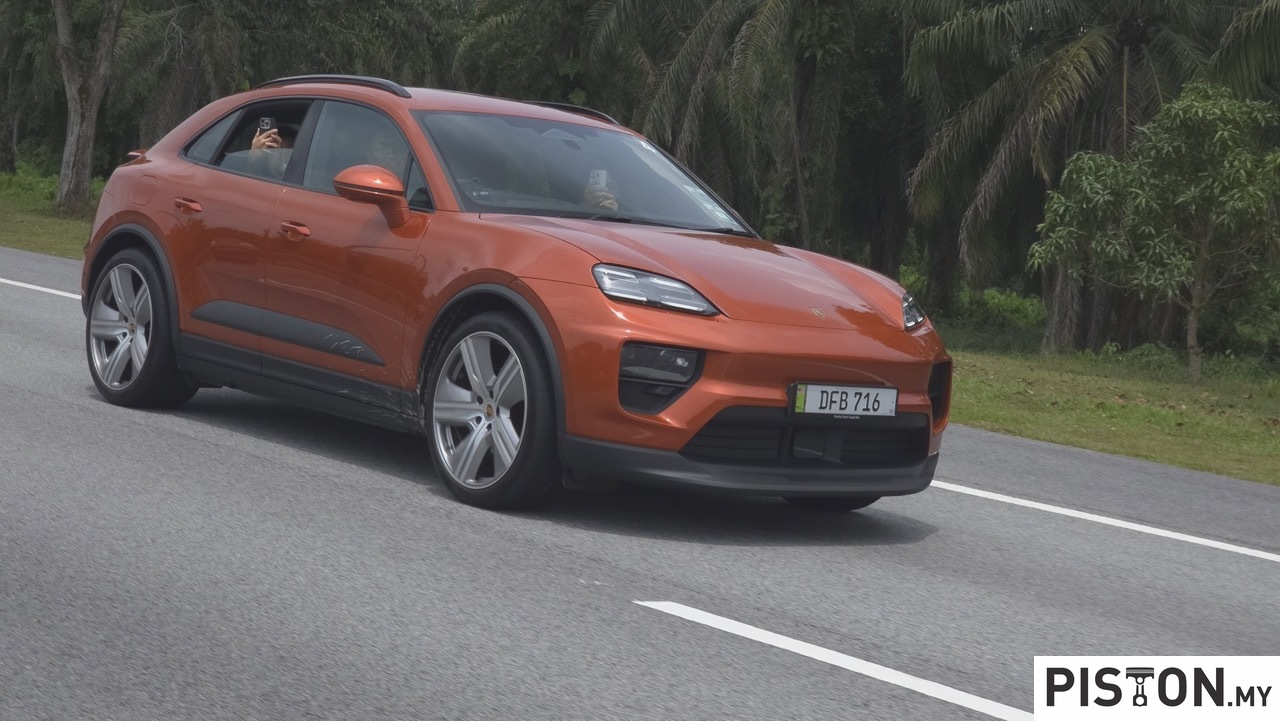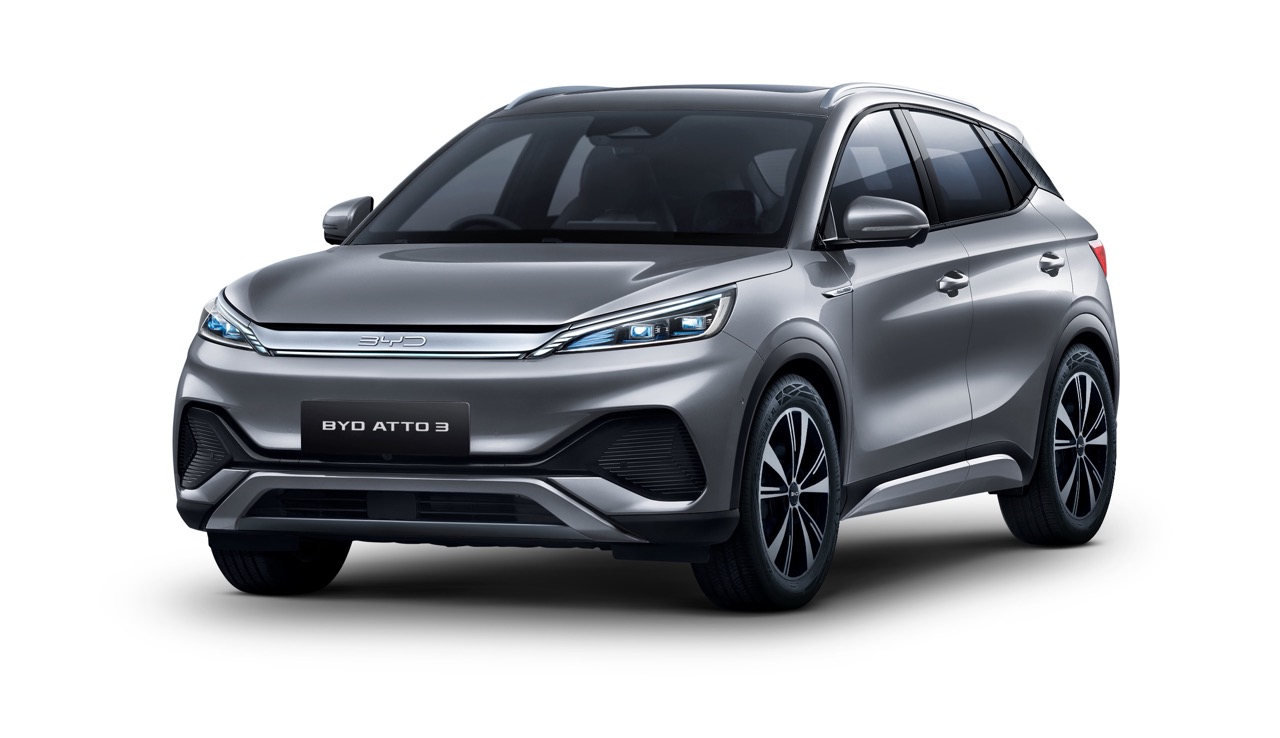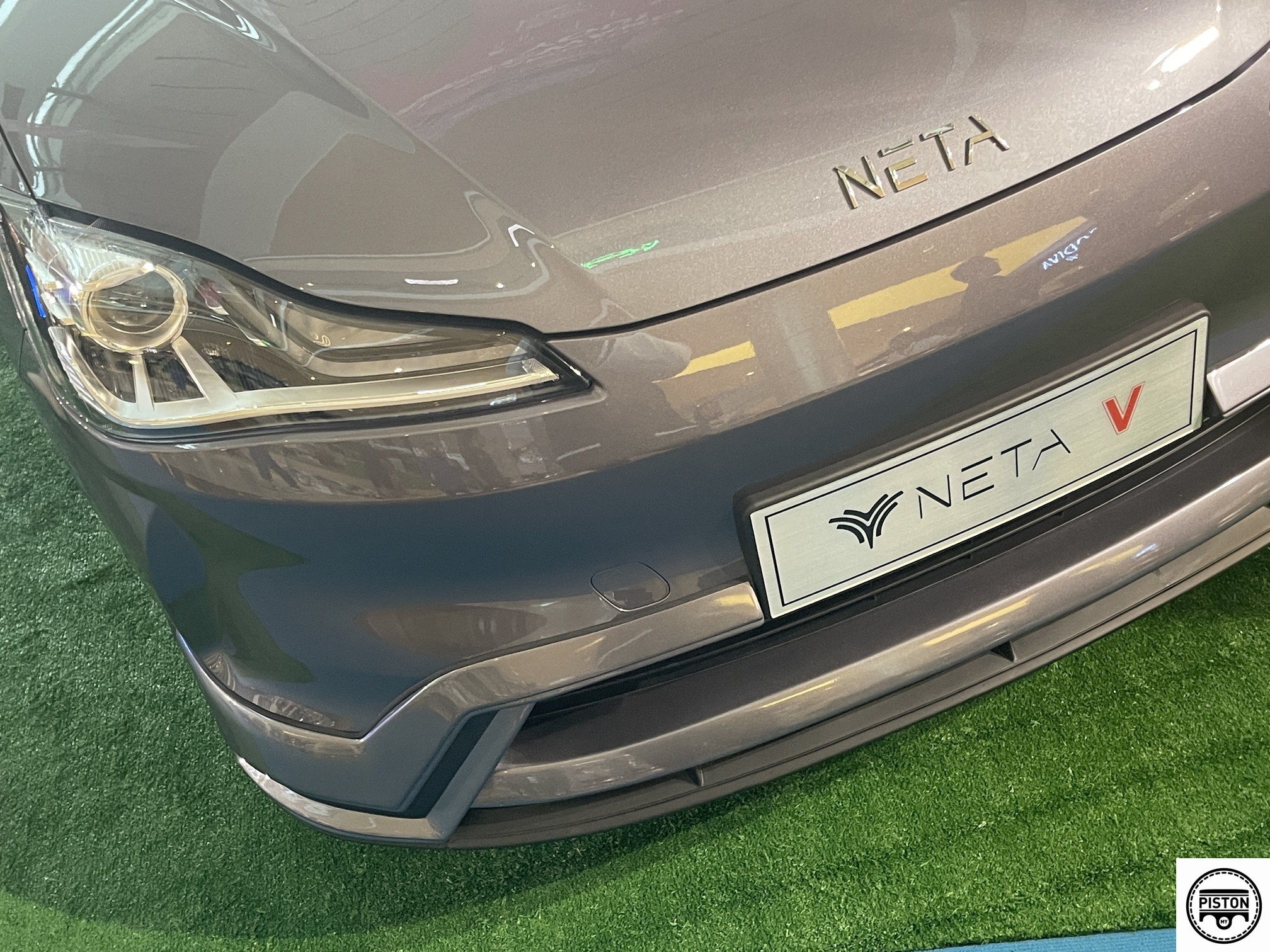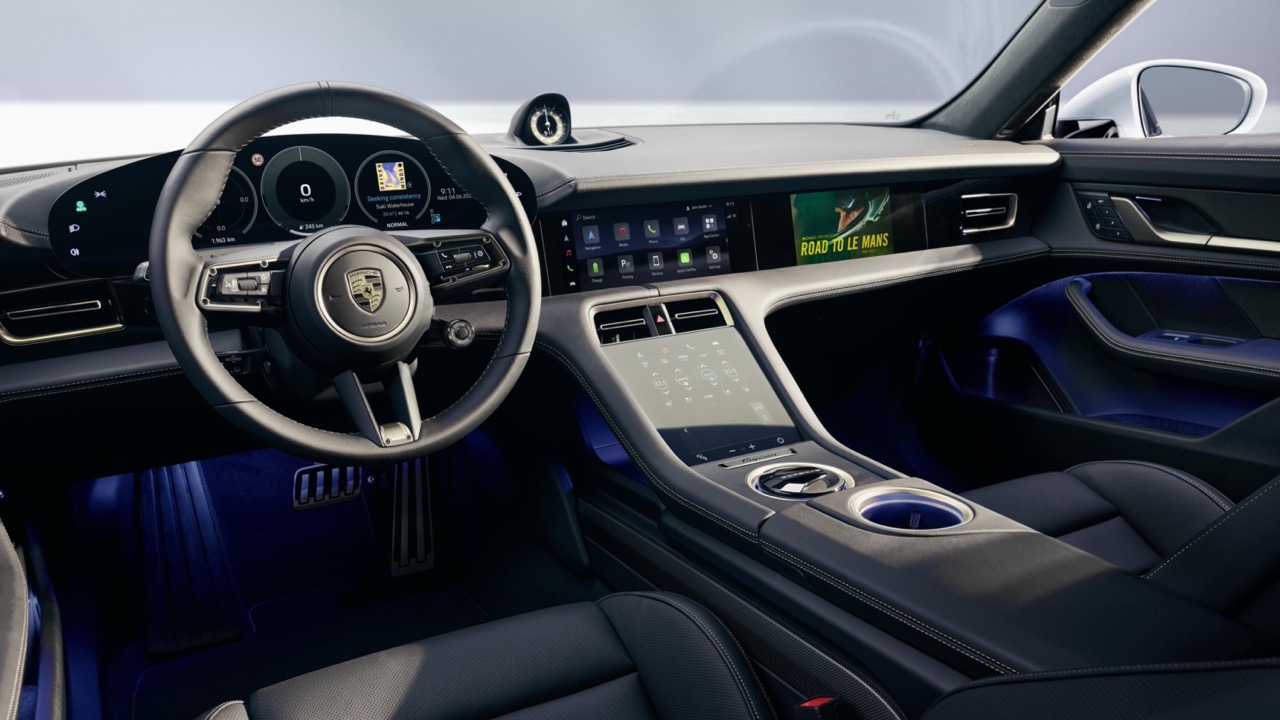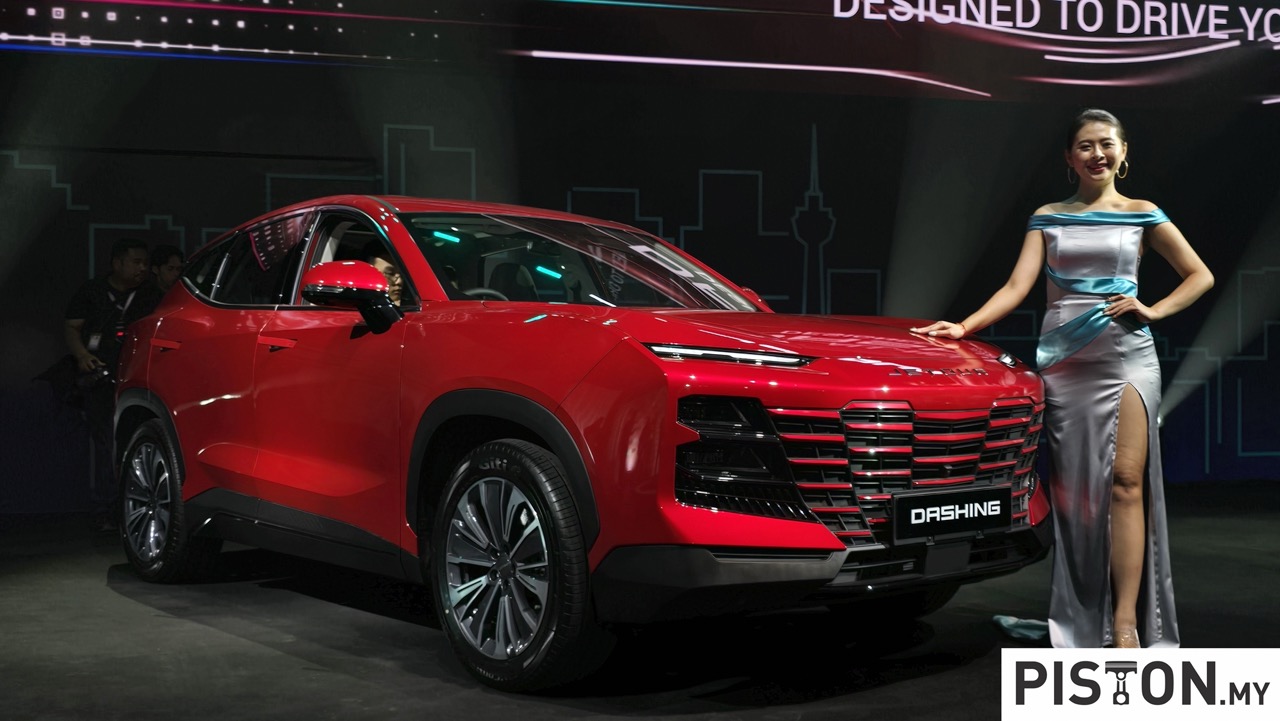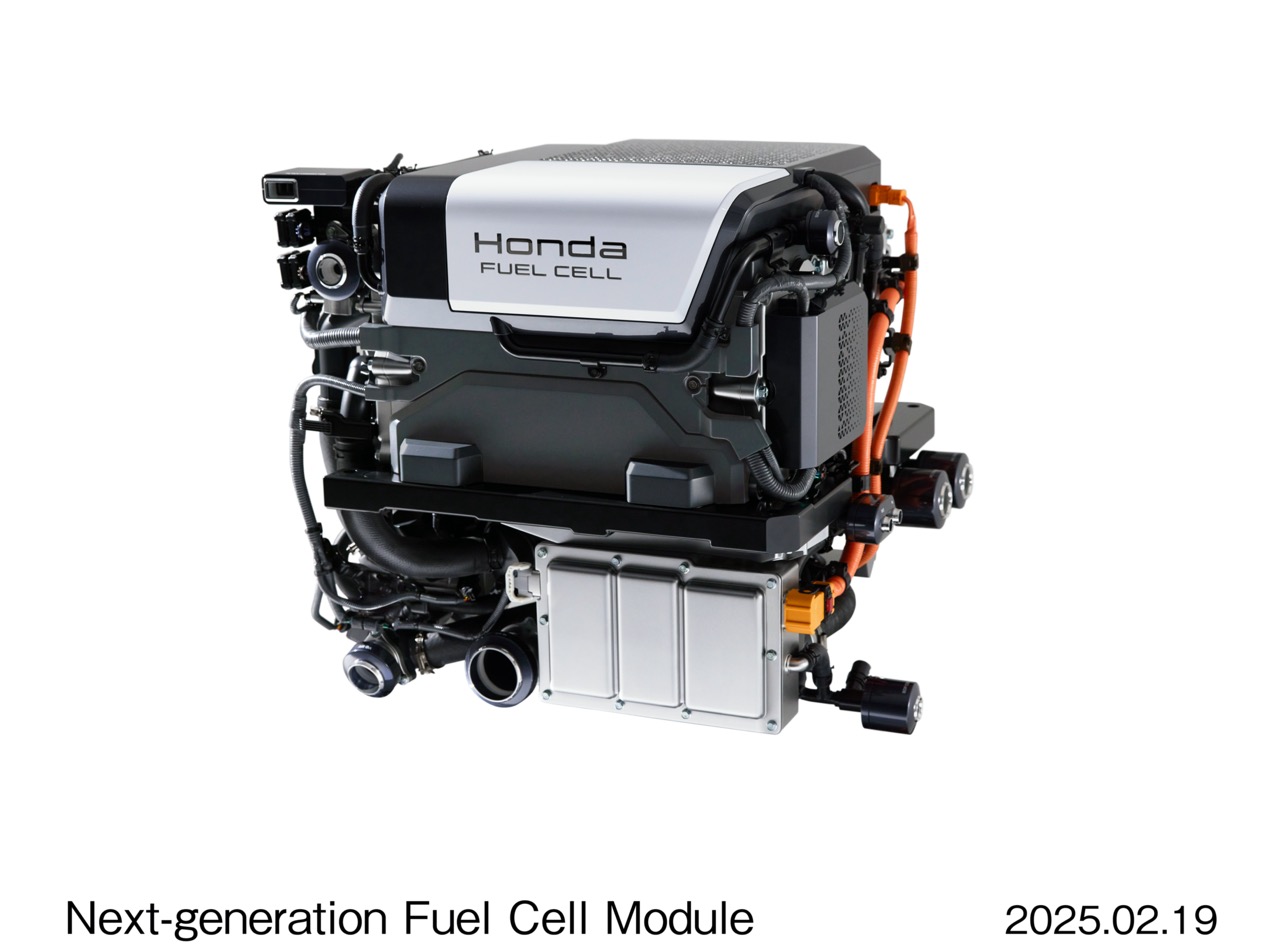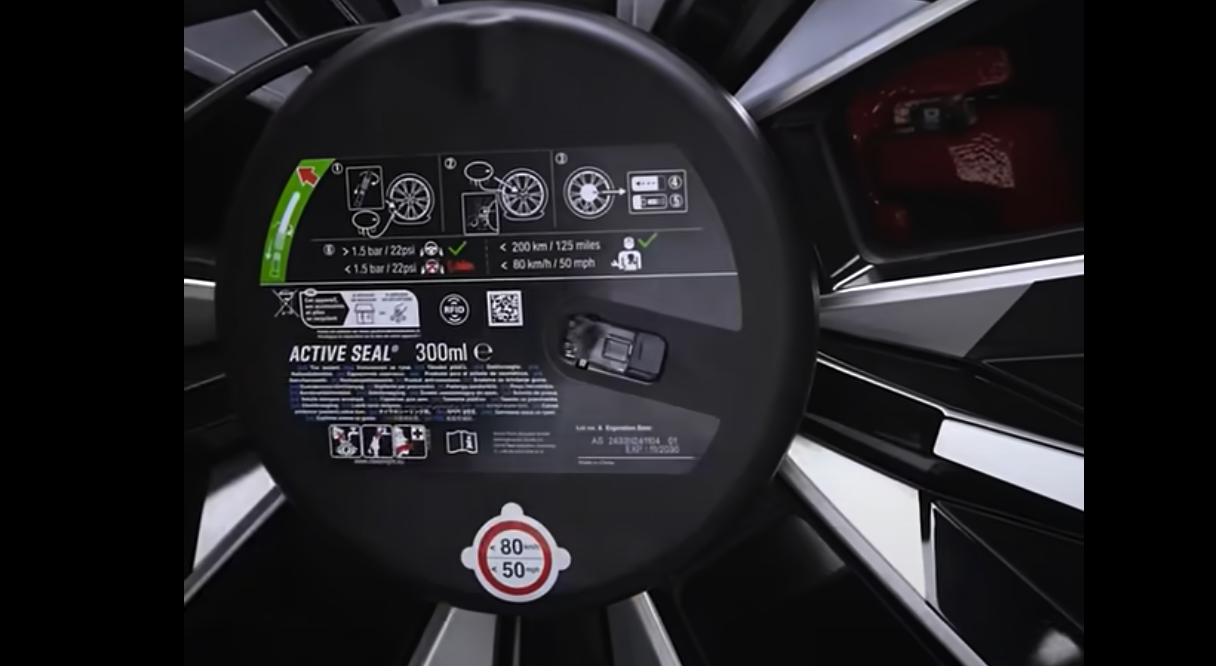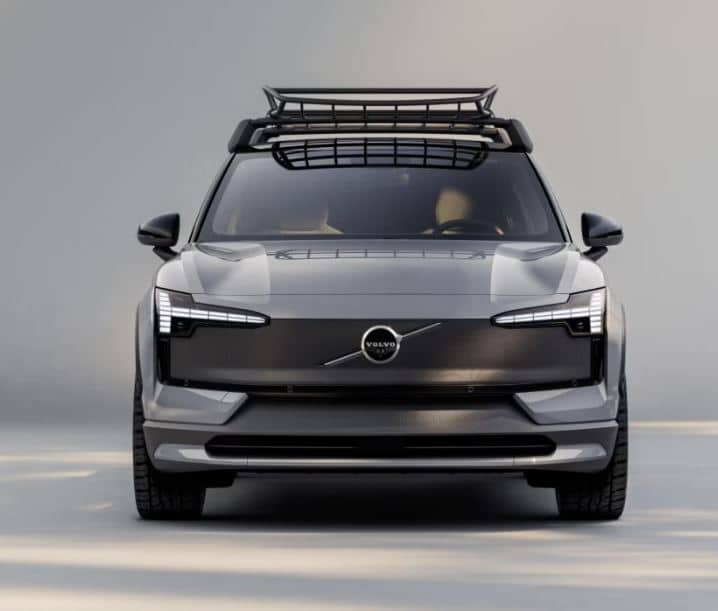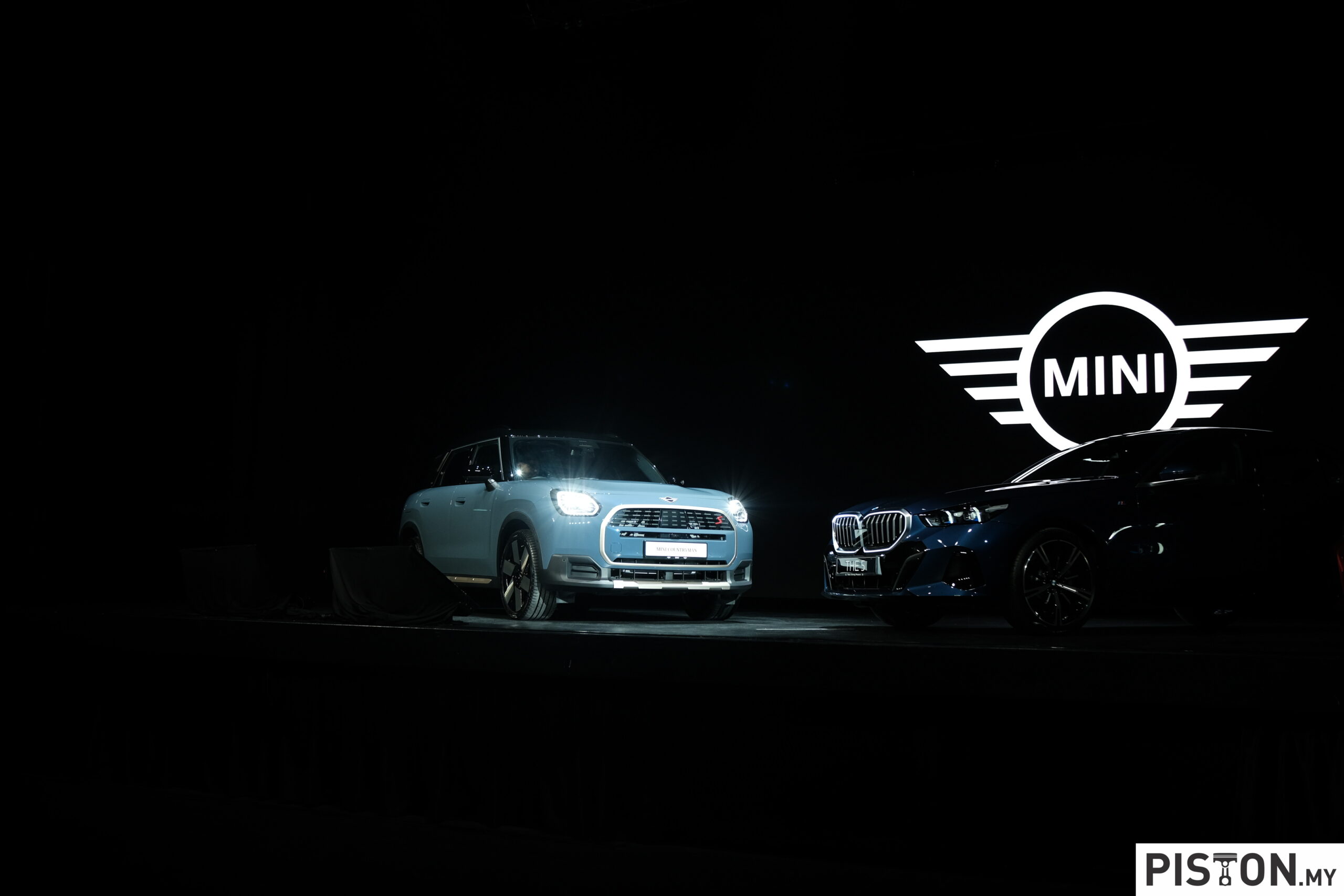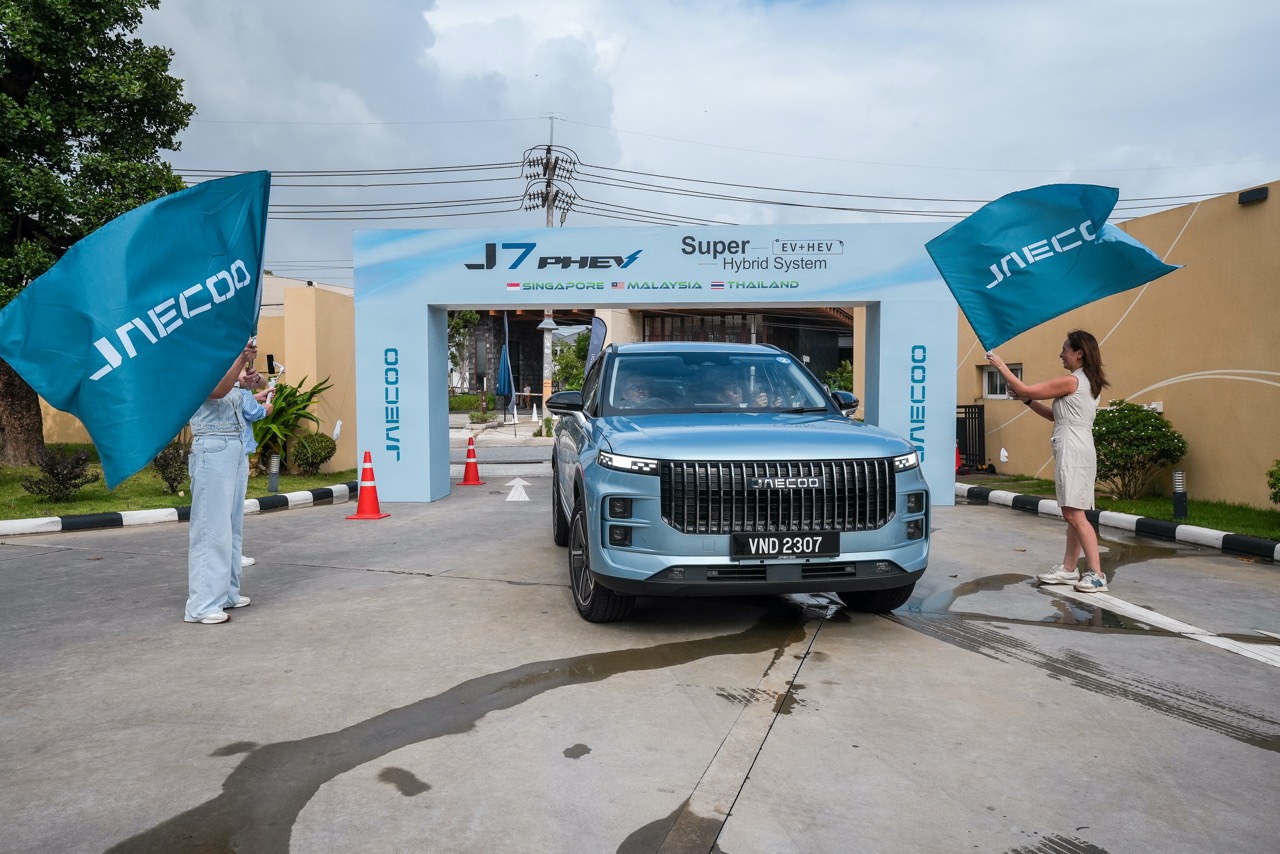SsangYong Motor Company (SYMC) has filed for bankruptcy as it is unable to repay creditors. The debt level in loans and interest is 60 billion won (about RM220 million) which has accumulated due to worsening business conditions. SYMC had attempted to negotiate with its creditors on extensions for repayment but was unable to reach an agreement.
Following a board meeting recently, SYMC will apply for rehabilitation procedures including a Company Property Preservative Measure, a General Prohibition Order and Autonomous Restructuring Support which is available in South Korea.
Business can still continue
Autonomous Restructuring Support is a private restructuring support programme made with the court which delays the initiation of the rehabilitation procedures by up to 3 months while the company continues its attempts at private restructuring. During this period, the company can continue its normal business activities.
When the company and its interested parties reach the final agreement for the restructuring, the rehabilitation procedure application is withdrawn, and it returns to its normal company status.
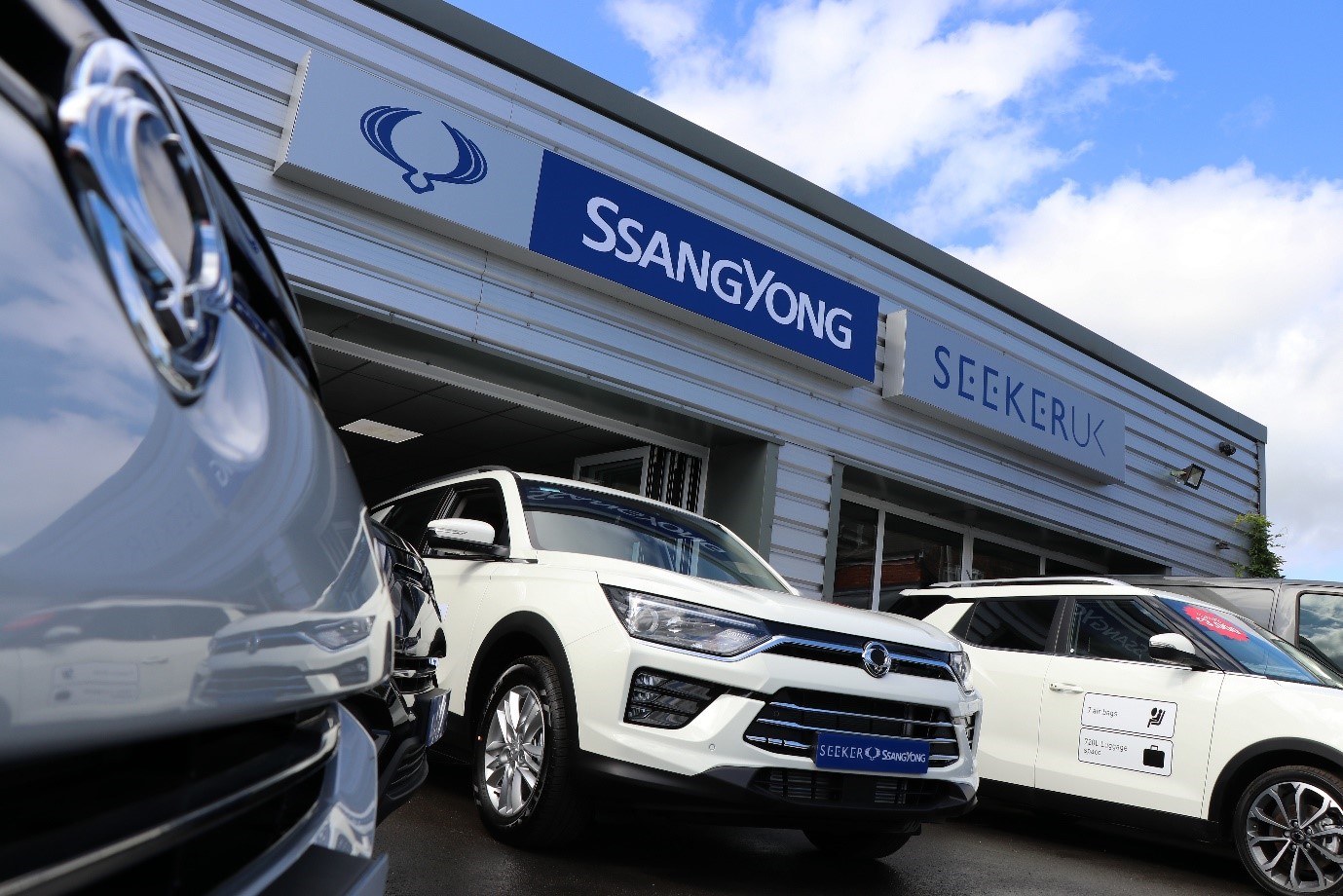
“We very much regret this situation which is the result of the difficulties being experienced from the worldwide COVID-19 situation, and the concern caused to our partners and stakeholders, especially our employees, sales networks and financial institutions. We are making every effort to transform the situation, and to build a more robust and competitive company for the future,” said an official source from SYMC.
An official spokesperson from India’s Mahindra & Mahindra, which owns 75% of SYMC, said: “During the period of Autonomous Restructuring Support, Mahindra will take responsibility as a major shareholder, and actively cooperate with SsangYong for the normalisation of management through to the early conclusion of negotiations with interested parties.”
Oldest Korean vehicle manufacturer
SYMC is the oldest motor vehicle manufacturer in South Korea, having been established in 1954. In the 1990s, when Hyundai and Kia accelerated their development and grew in size, SsangYong found it was unable to compete head-on and chose a risky path – to instead make more premium models instead of lower cost models. To do this, it had a technical agreement with Mercedes-Benz which enabled it to get a platform and engines to use under licence in models like the Chairman and Rexton.

However, it had limited success and after 7 years as part of the Daewoo Group, it was sold to China’s in 2004 when the company had financial difficulties. Complications under SAIC ownership saw SYMC again being put on sale and Mahindra & Mahindra was able to get the biggest share for US$463.6 million.




